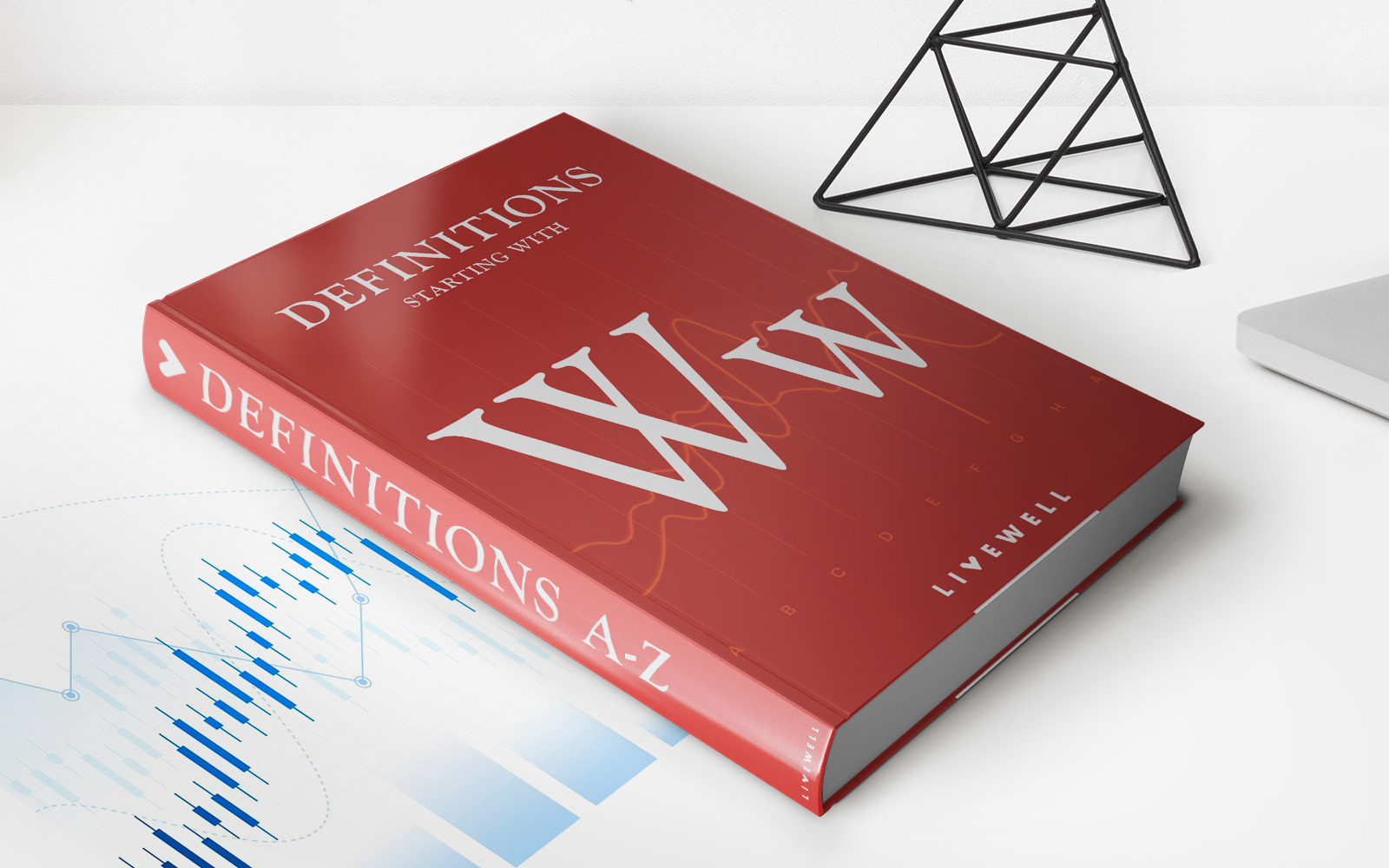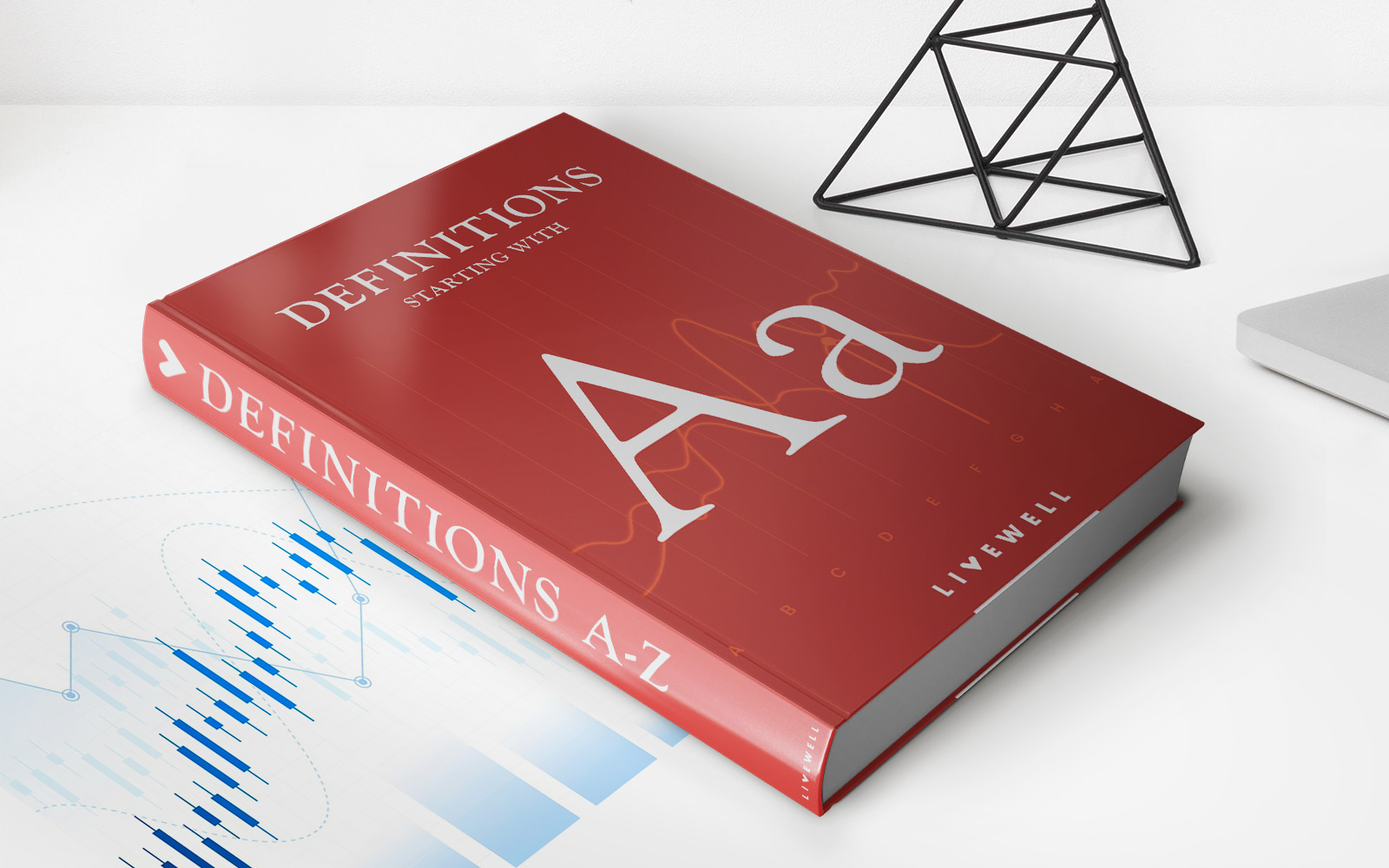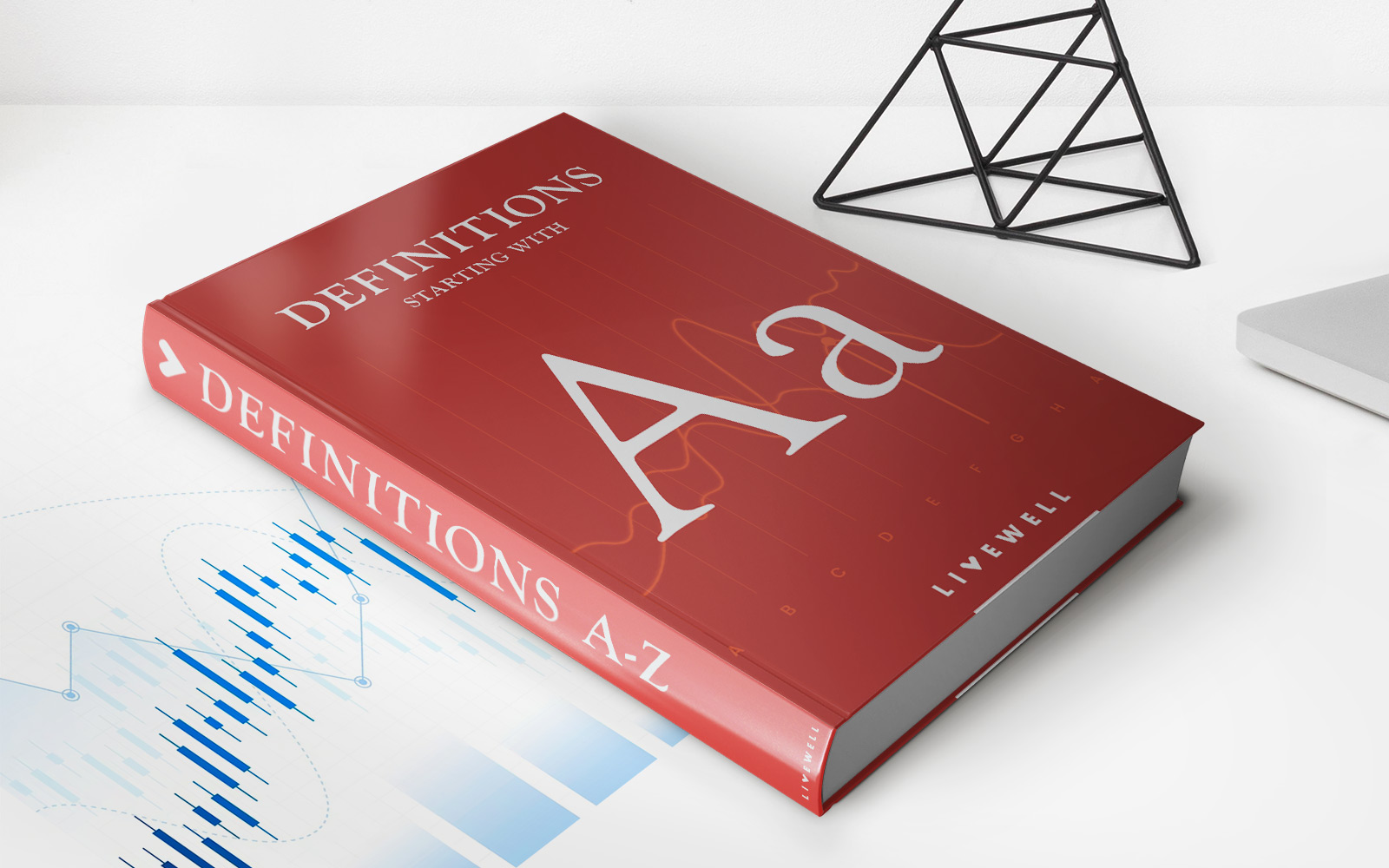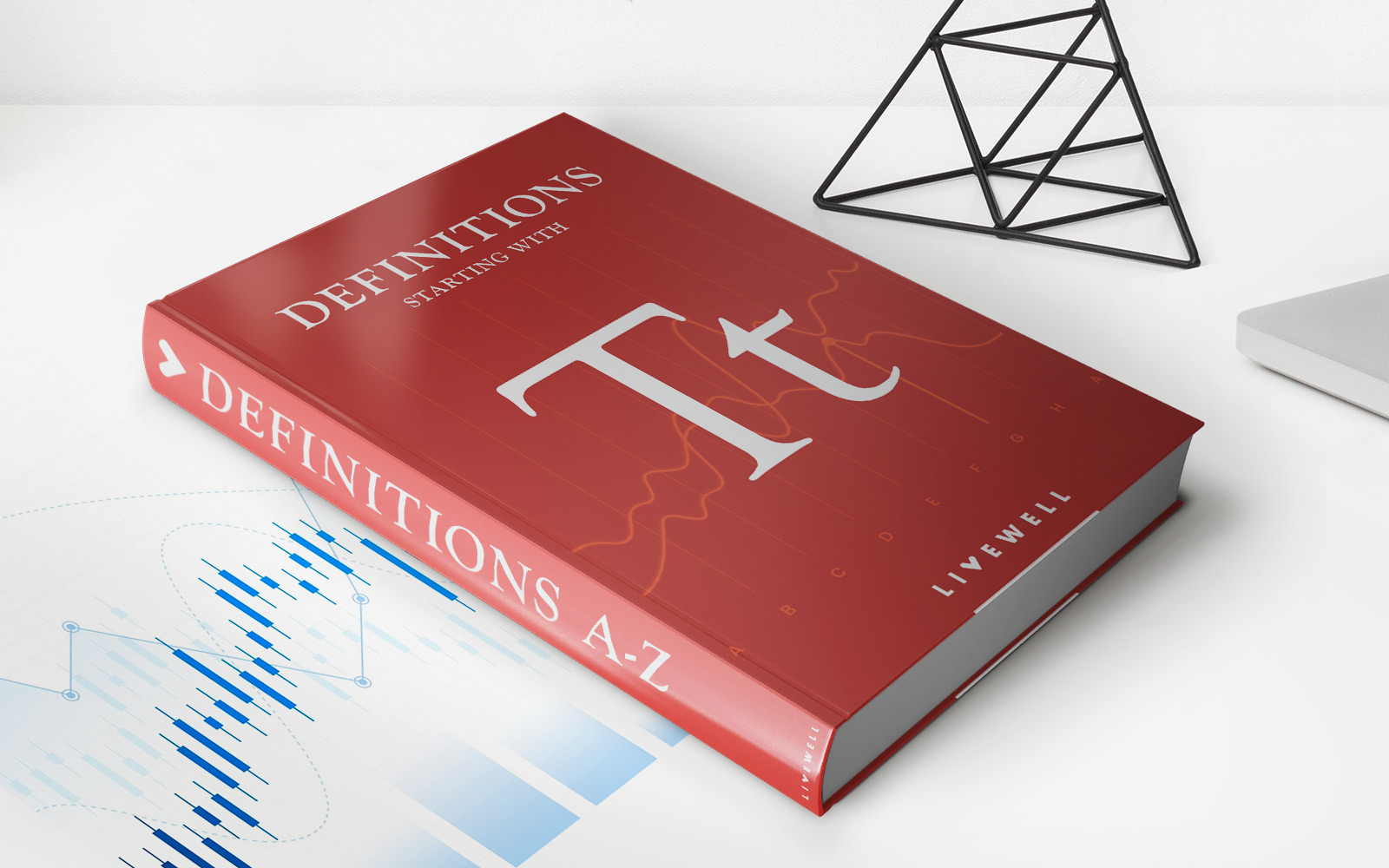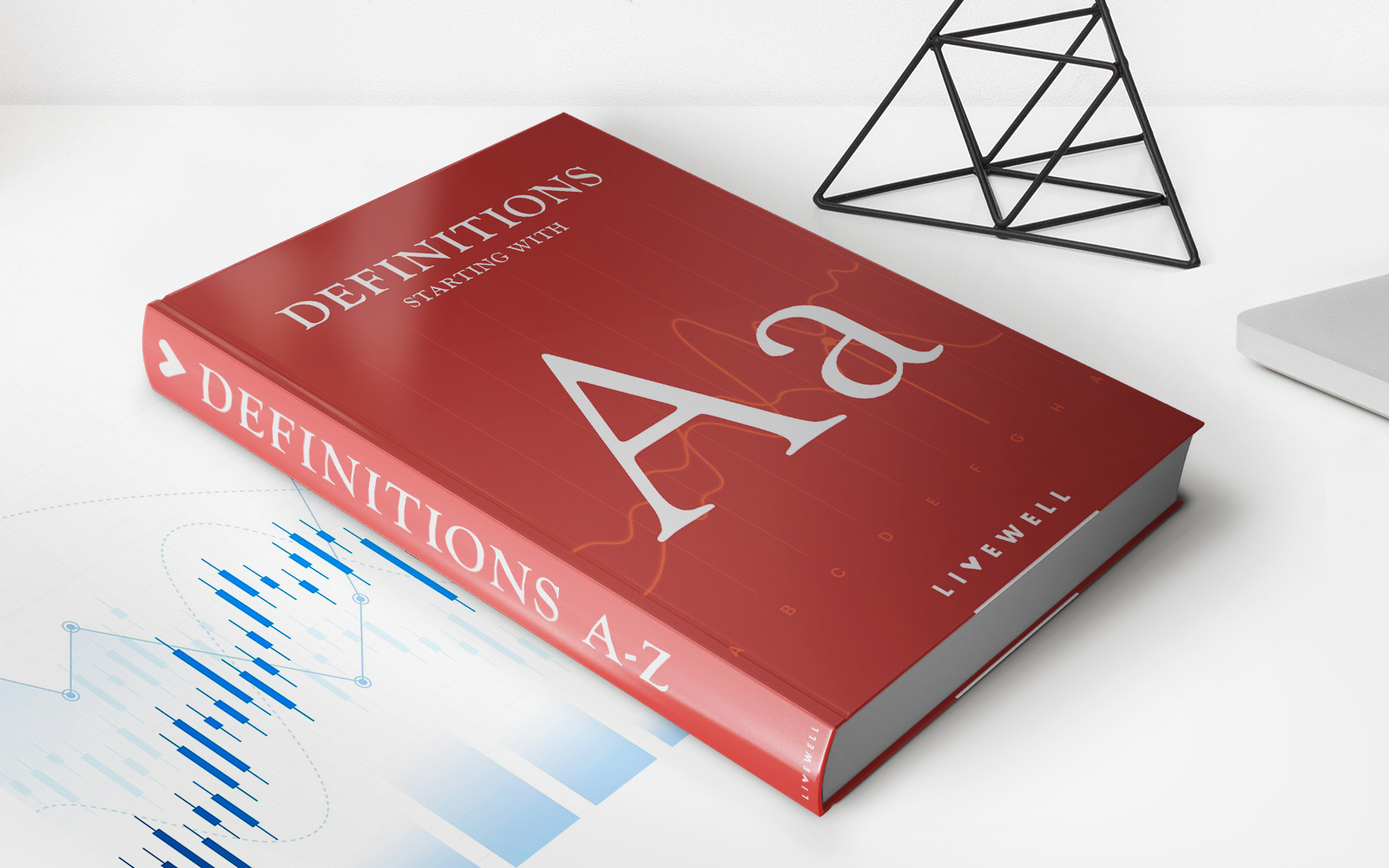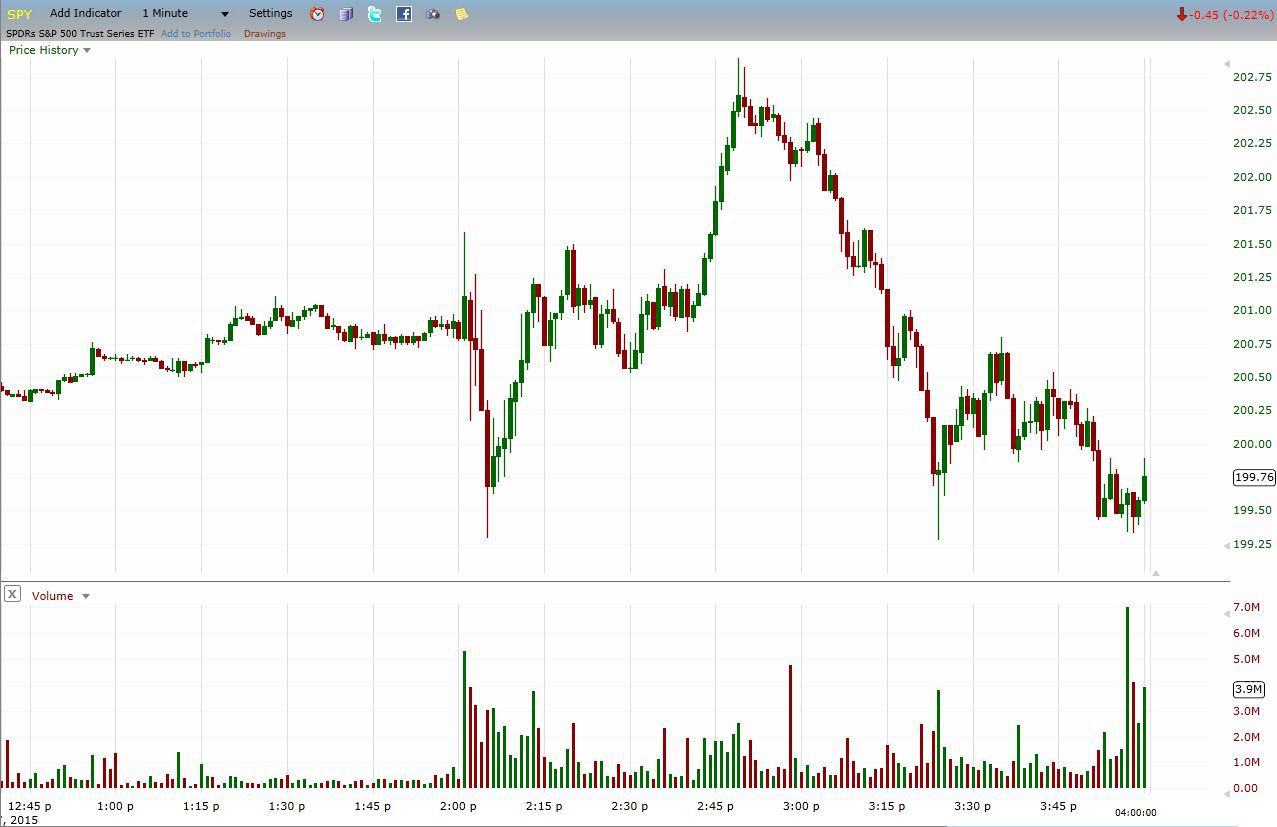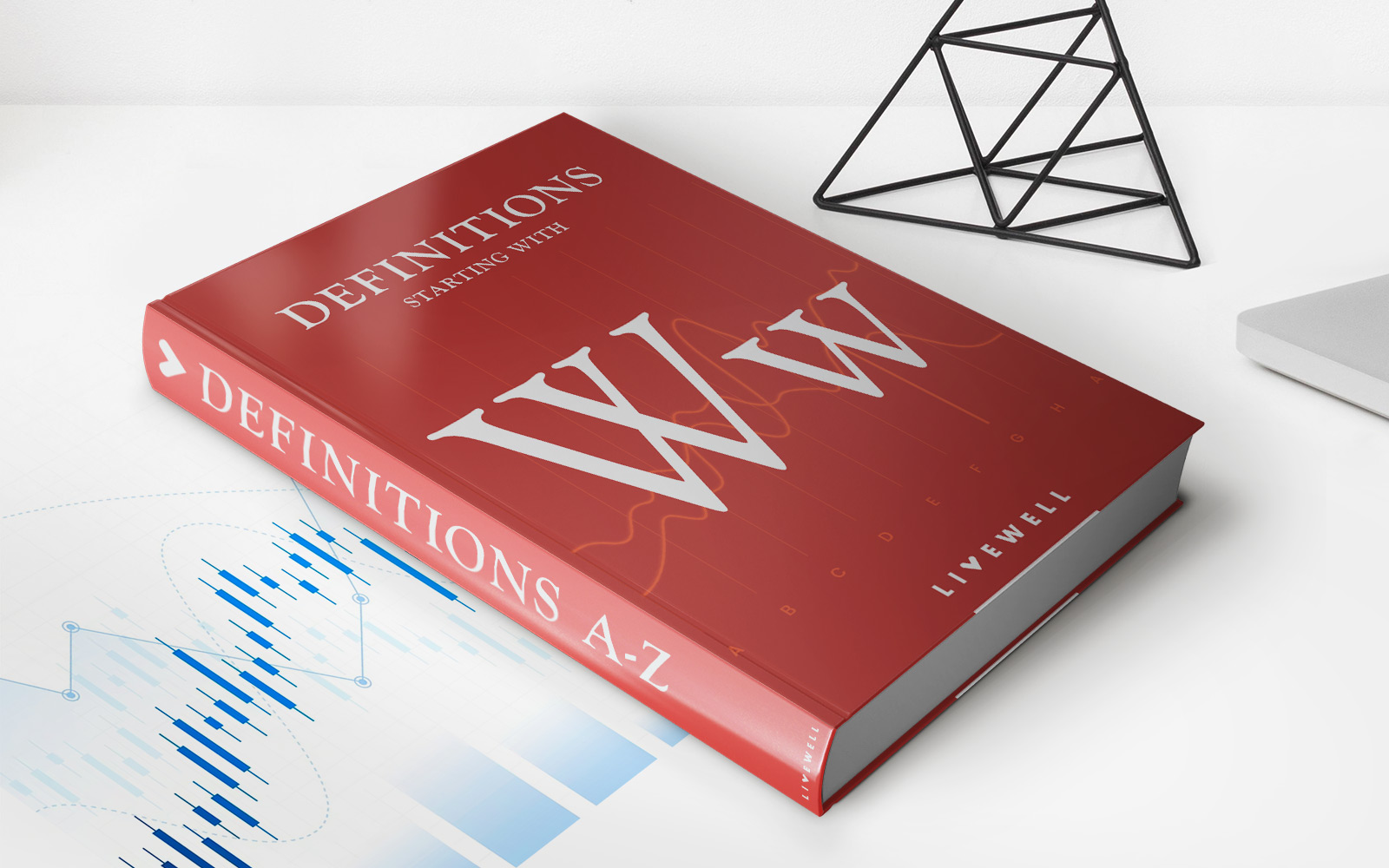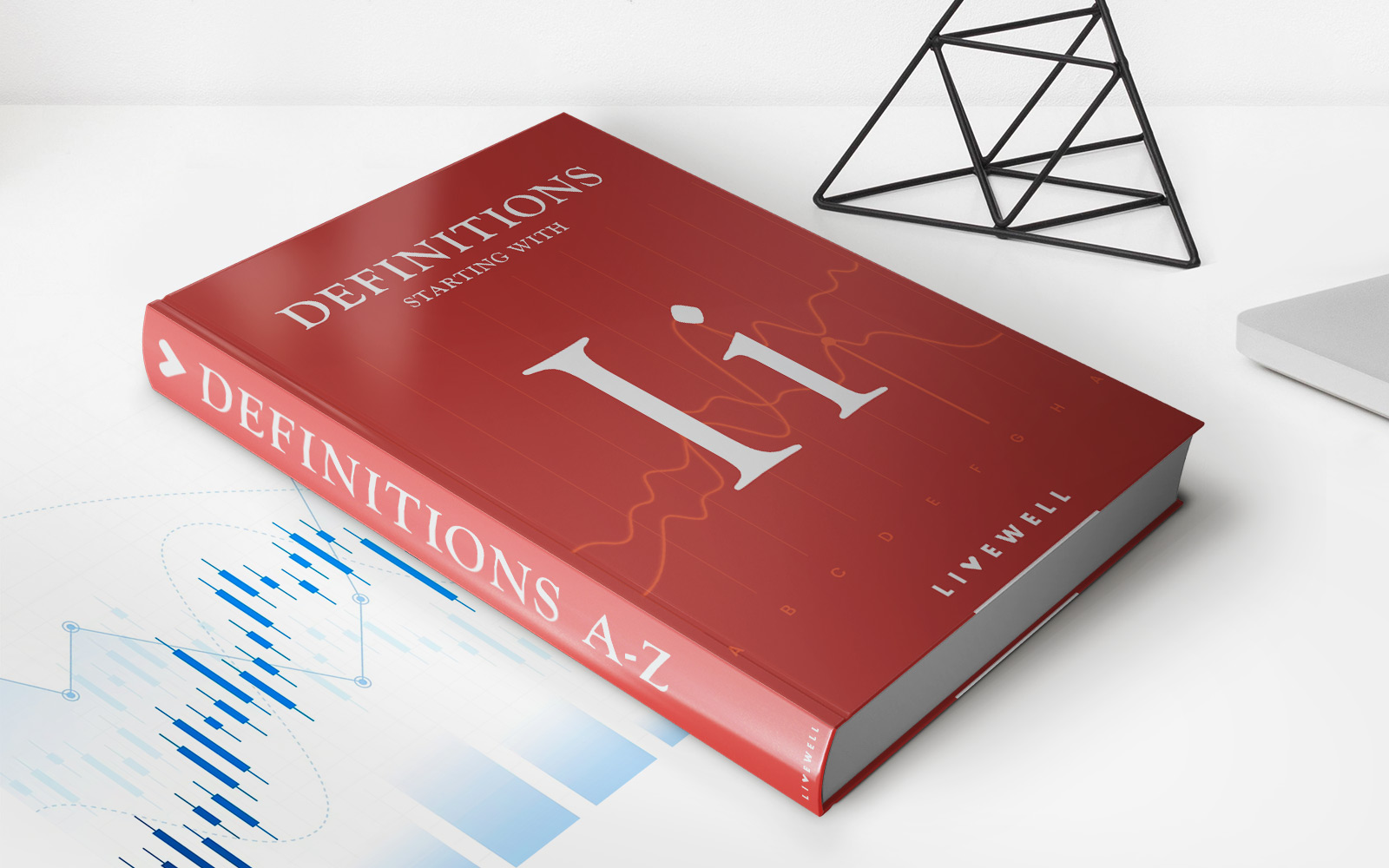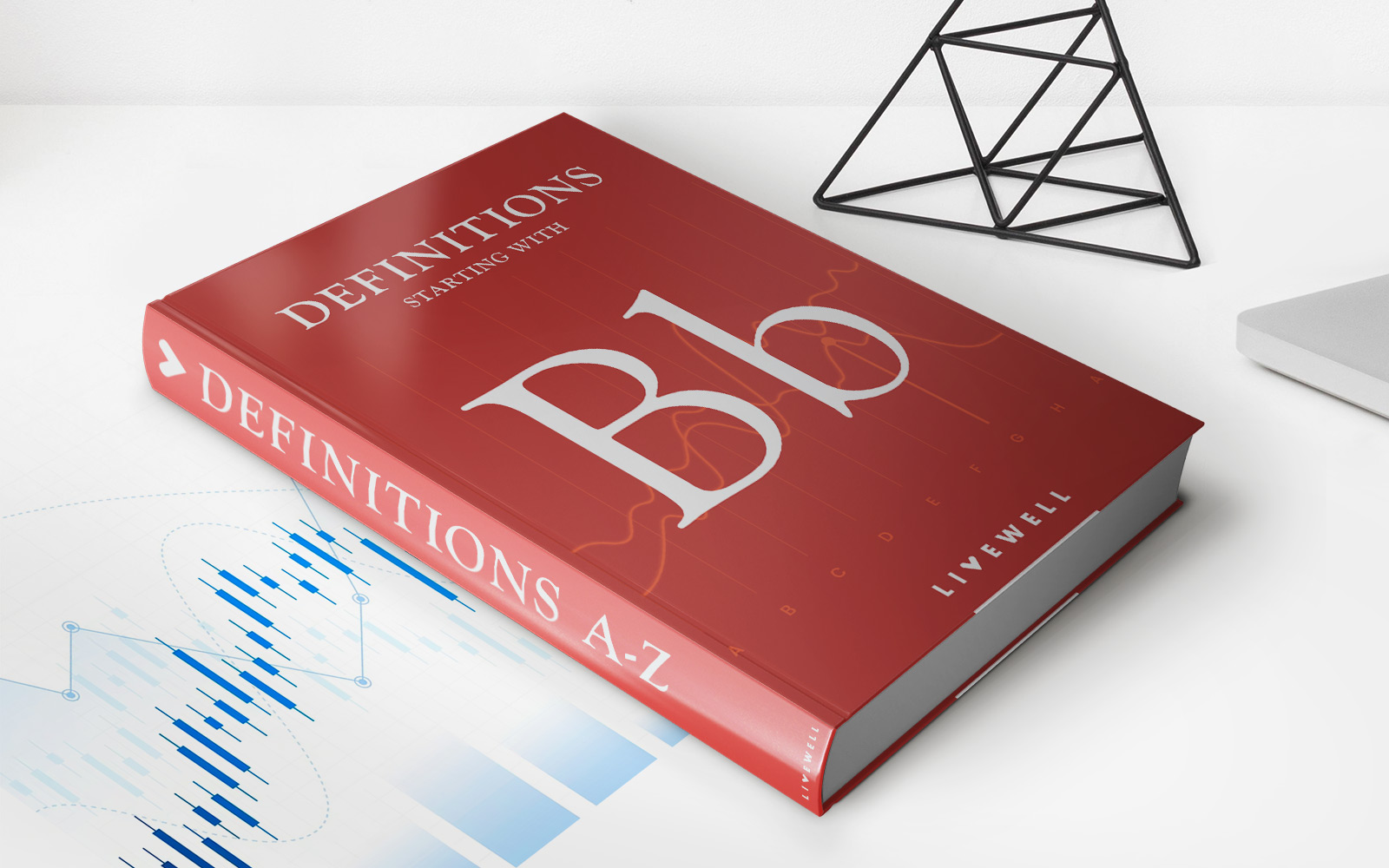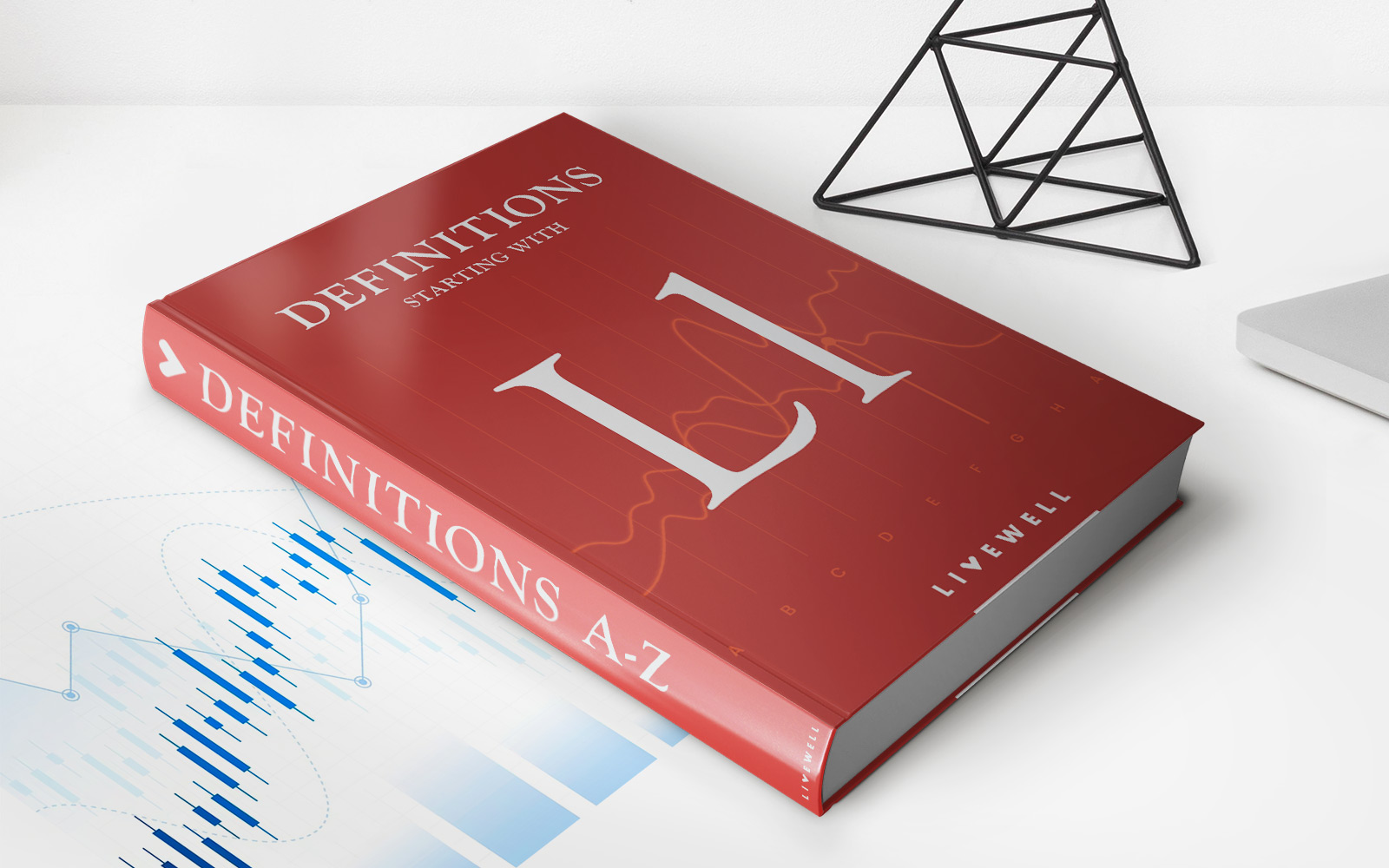Home>Finance>Volume-Weighted Average Price (VWAP): Definition And Calculation
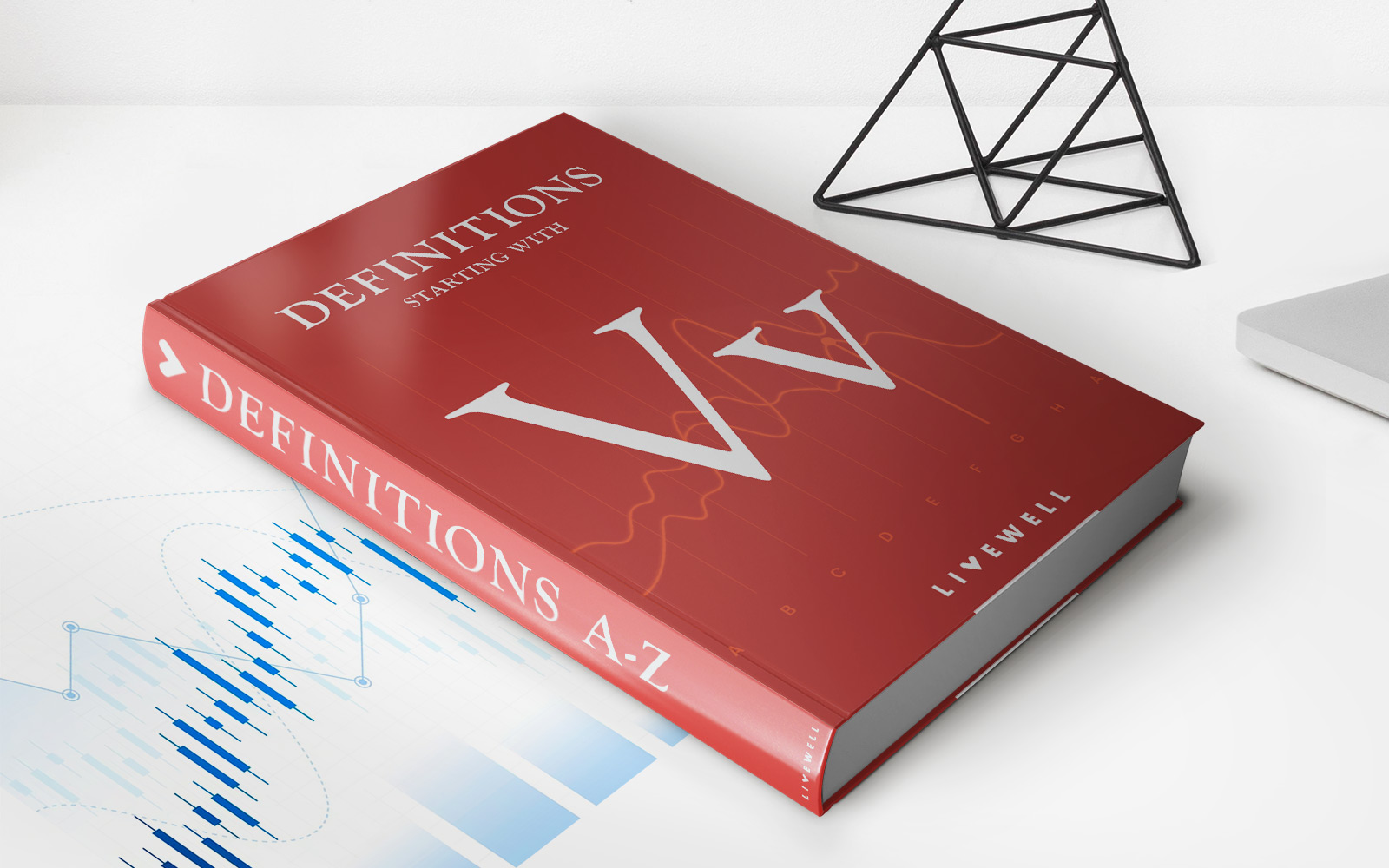

Finance
Volume-Weighted Average Price (VWAP): Definition And Calculation
Published: February 16, 2024
Learn about the definition and calculation of Volume-Weighted Average Price (VWAP) in finance. Gain insights into this important financial indicator.
(Many of the links in this article redirect to a specific reviewed product. Your purchase of these products through affiliate links helps to generate commission for LiveWell, at no extra cost. Learn more)
Volume-Weighted Average Price (VWAP): Definition and Calculation
When it comes to understanding the dynamics of the financial markets, having a deep knowledge of various trading indicators is crucial. One such indicator that traders often rely on is the Volume-Weighted Average Price (VWAP). In this blog post, we will explore the definition and calculation of VWAP, and understand its significance in the world of finance.
Key Takeaways:
- VWAP is a trading indicator used to measure the average price at which a financial instrument has been traded, taking into consideration the volume of these trades.
- It is calculated by multiplying the price of each trade by the corresponding volume, summing up these values, and dividing the total by the sum of the volumes.
Now that we have a glimpse of what VWAP is all about, let’s dive deeper into its definition and the process of calculating it.
What is VWAP?
VWAP (Volume-Weighted Average Price) is a trading indicator used by many institutional traders to understand the average price levels at which a specific security or financial instrument has been traded over a given period of time. Unlike simple average price, which treats all trades equally, VWAP considers the quantity of shares or contracts traded at each price level.
In simple terms, VWAP provides a more accurate representation of the average price paid by traders since it takes into account the volume of each transaction. This makes it particularly useful in evaluating how institutional investors have executed their trades in relation to the prevailing market conditions.
How is VWAP Calculated?
The calculation of VWAP involves a fairly straightforward process. Traders first multiply the price of each trade by its corresponding volume. The resulting value is then summed up for all trades. Finally, the sum of these values is divided by the total volume traded to calculate the VWAP.
VWAP = Total Value of Trades / Total Volume of Trades
By using this formula, traders can determine the average price at which a particular financial instrument has been traded over a specific period, weighted by the volume traded at each price level.
Significance of VWAP in Trading
- Execution Analysis: VWAP is often used to evaluate how well institutional traders have executed their trades. By comparing individual trades to the VWAP, traders can assess whether their execution was favorable or unfavorable.
- Identifying Trends: VWAP is also useful in identifying trends in the market. When the price of a security consistently trades above the VWAP, it suggests bullish sentiment, while prices below the VWAP indicate bearish sentiment.
- Support and Resistance Levels: VWAP can act as a support or resistance level, influencing the price movement of a security. Traders often monitor the VWAP to determine potential turning points in the market.
- Market Impact: Institutional traders also use VWAP to gauge the impact of their trades on the market. By analyzing volume-weighted average prices, these traders can adjust their trading strategies to minimize market impact costs.
By integrating VWAP into their trading strategies, traders can gain valuable insights into the dynamics of the financial markets, enhance their decision-making process, and potentially improve their trading outcomes.
Conclusion
Volume-Weighted Average Price (VWAP) is a powerful trading indicator that provides a more accurate representation of the average price at which a security has been traded. By considering the volume of each trade, VWAP offers valuable insights into market trends, execution quality, and potential support and resistance levels.
As traders navigate the complex world of finance, understanding and utilizing indicators like VWAP can pave the way for informed trading decisions and improved outcomes. So, next time you analyze the markets, don’t forget to incorporate the power of VWAP!
